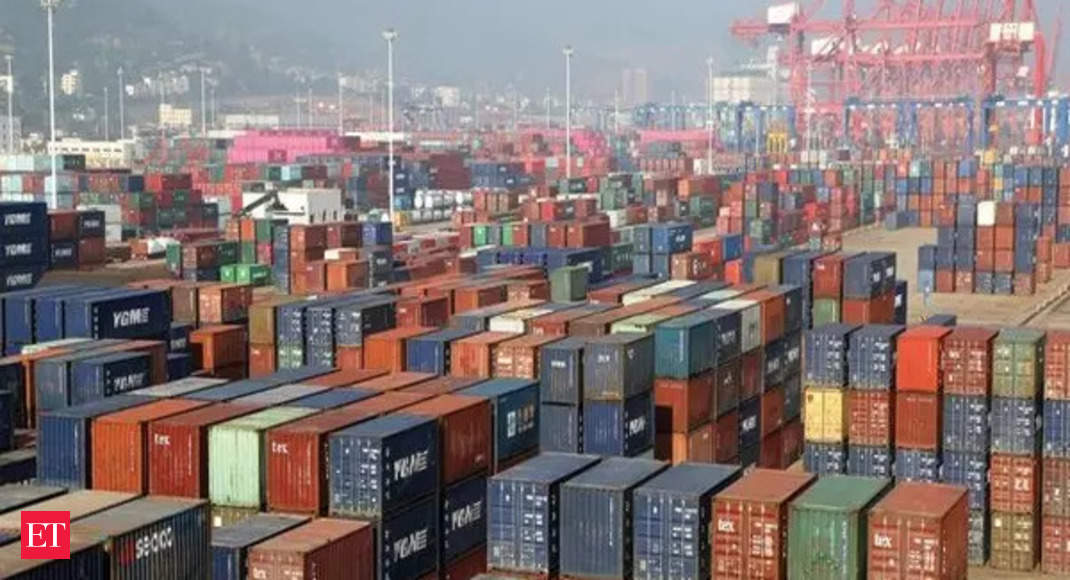For the last 15 years or so, Indian merchandise exports have remained fairly stagnant. From a meagre figure of $330 bn in 2006, it has taken over 15 years for it to grow modestly to $447 bn today. That makes for just 1.8% of global trade which has maintained a healthy annual increase of 2.5-3%. This is despite the Indian GDP growing well at an average of 5% since then. Imports, meanwhile, have grown consistently and sizeably over this period. Given that trade figures are usually indicated in nominal terms (based on current price levels), a part of the uptick in exports is, in fact, contributed by inflation, and not necessarily the higher volumes of merchandise.
On a more positive note, the last three years have seen an easing in the stagnation of exports. Since 2020-21, Indian exports have grown in value as well as volume and their composition is seeing a perceptible change. While the share of traditional exports such as textiles and apparel, leather goods, iron ore, minerals, light engineering goods and gems and jewellery has declined, the share of electronics, machinery, equipment, petroleum and branded drugs has increased. There has been diversification in the countries buying Indian commodities, with South Asian nations emerging as a substantive destination for India’s shipments. It would appear that the trade agreements entered into with a host of nations and regions have also begun to yield dividends.
Services have come of age in our export trade. With services now accounting for $320 bn or 4% of global trade, and the fact that their labour content is more favourable, their continued growth deserves organised encouragement. Besides software, other segments holding out promise include fintech, banking and insurance services, hospitality, biotech, logistics and medical care. These are all sunrise industries with fairly high-skilled labour intensity. With our comparative advantage in wages existing virtually across the board, it is a natural corollary to build on this success and diversify into new service areas, including ecommerce-based ones.
India must become more discerning when selecting goods to be accorded greater weightage in the export basket. Export of imported crude oil by way of petrol, diesel or petroleum products has low value addition. Gems and jewellery have similar dynamics with rough diamonds and gold being imported. Until the components and chips required in the assembly of mobiles are locally made, particularly for smart devices such as iPhones, benefits will continue to be patchy.
Rising import bill
For decades, India has remained a marginal player in global exports. However, we have become a substantive actor in the world of imports, especially energy, military equipment, fertilisers, machinery, plastics, APIs for pharmaceuticals, organic chemicals, diamonds and gold. With the import of expensive hi-tech military, microchips and technology, our import bill will shoot up, at least till local production takes off. To prevent the rupee from coming under greater pressure from the US dollar, a commensurate rise in export earnings is warranted. For that to happen, building competitiveness of Indian ‘exportables’ is imperative. As witnessed in China, that will occur when all-round cost-cutting, highly efficient infrastructure and greater institutionalised importance is accorded to exports in the overall scheme of things.
Dua is Former Secretary, Commerce and Industry
(Disclaimer: The opinions expressed in this column are that of the writer. The facts and opinions expressed here do not reflect the views of www.economictimes.com.)
Read More News on
Business News, Breaking News Events and Latest News Updates on The Economic Times.
Download The Economic Times News App to get Daily Market Updates & Live Business News.











